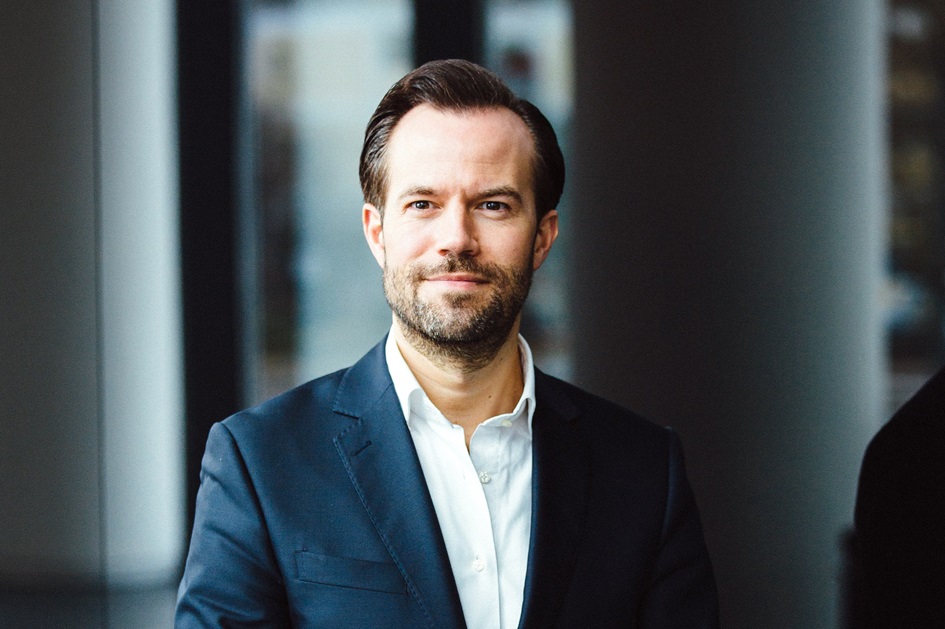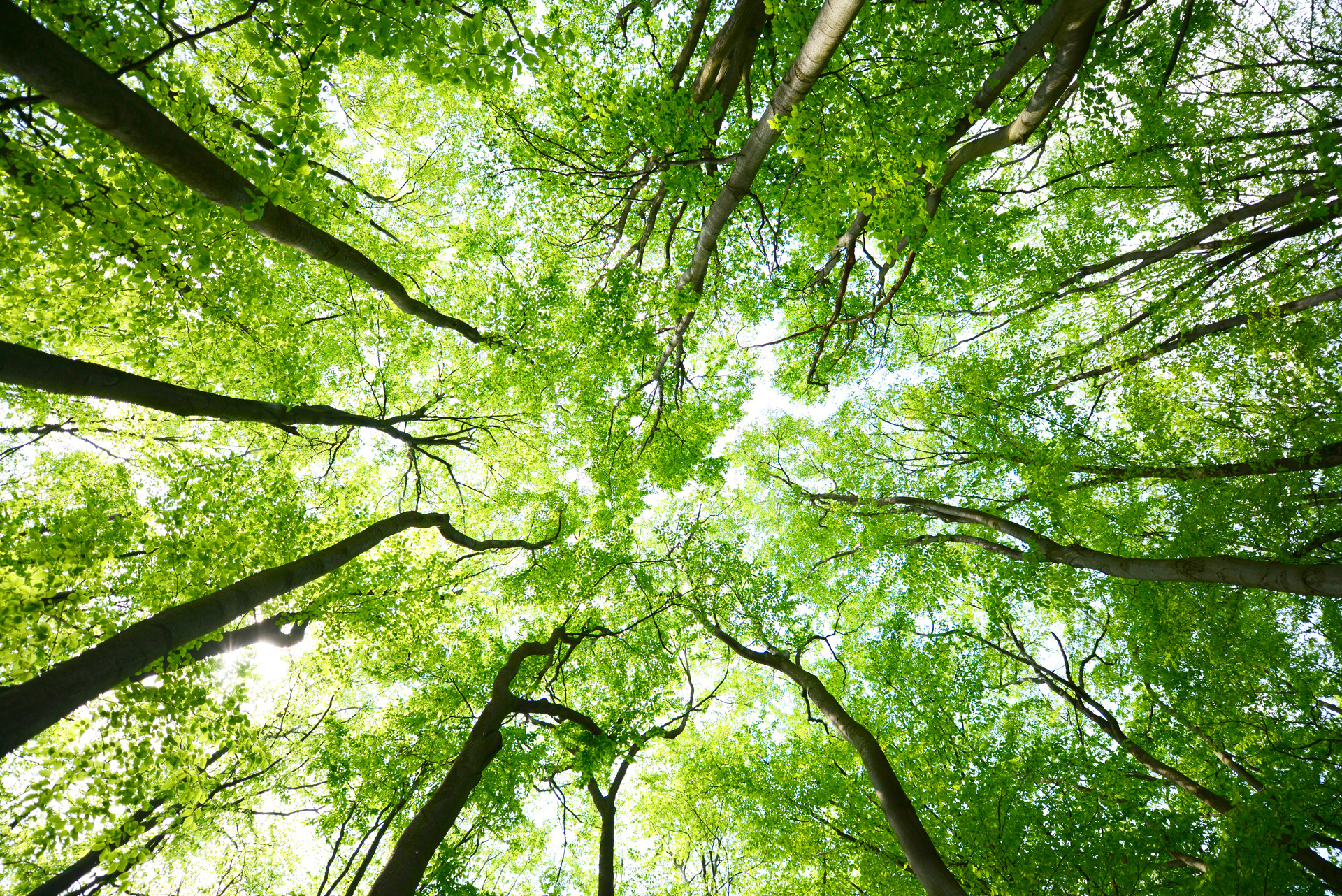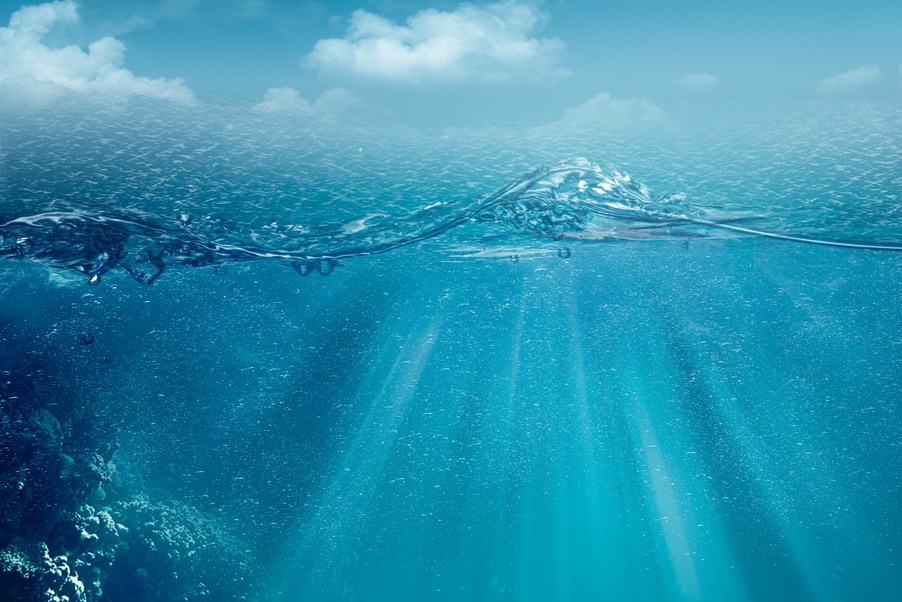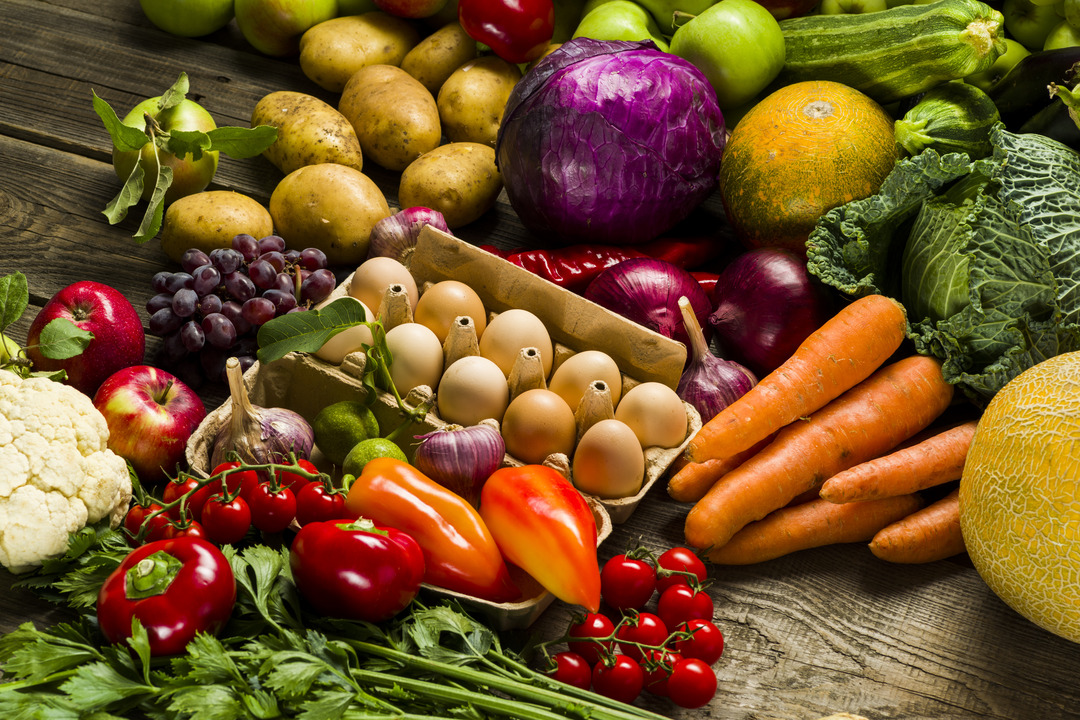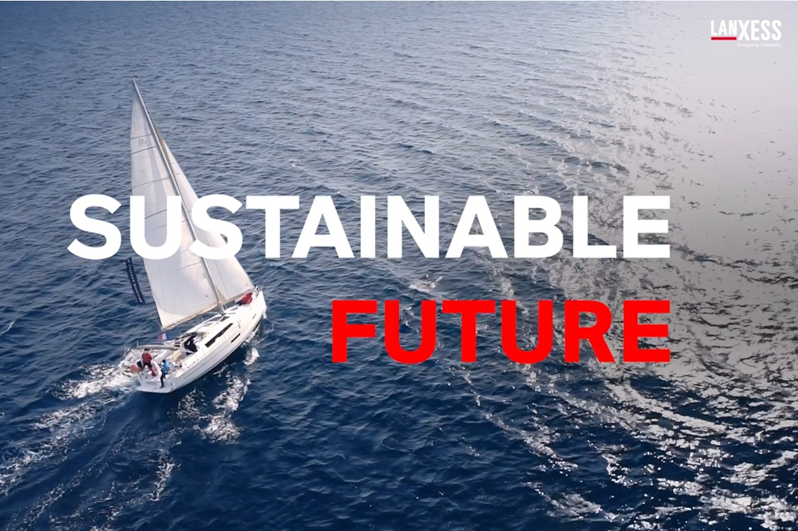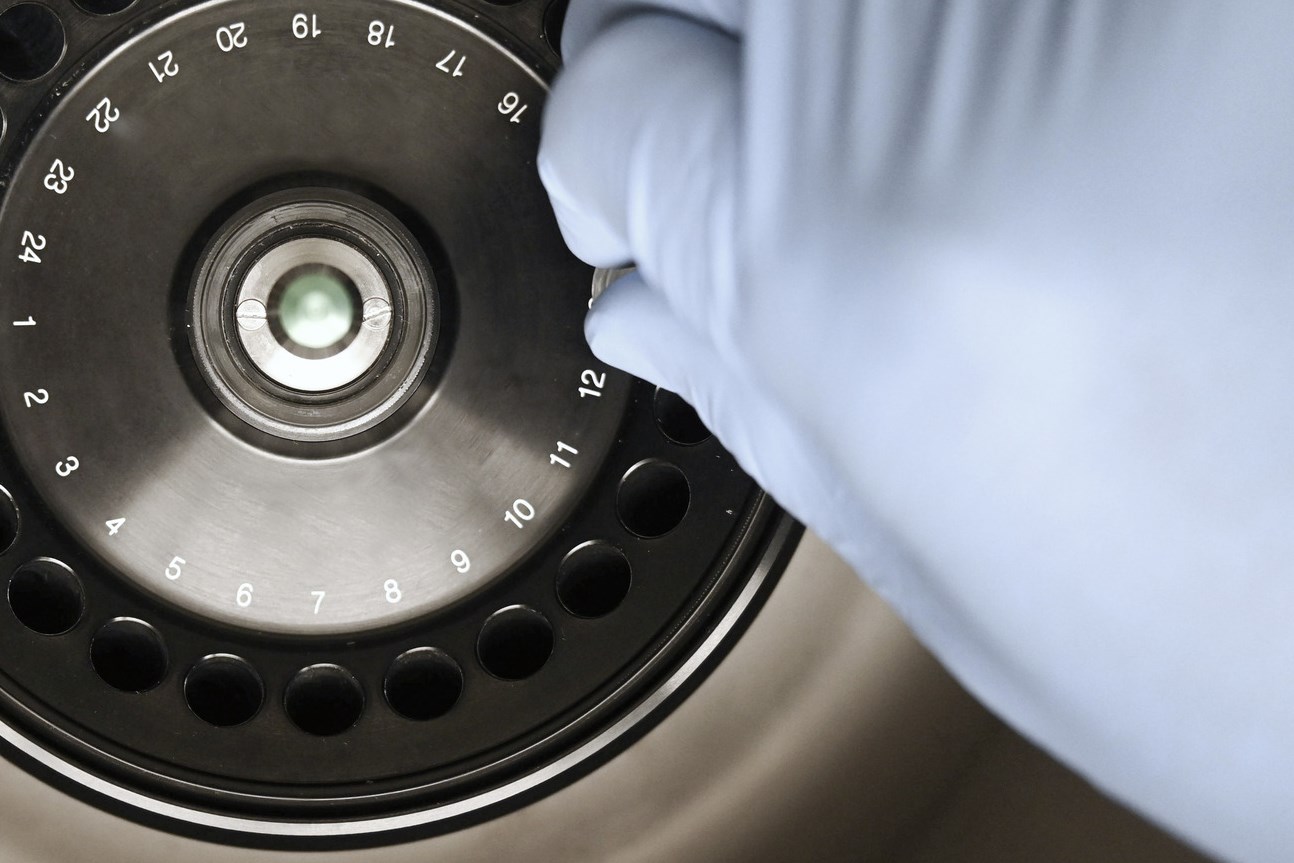
The Green Up To Ten
Surprisingly, it's not just green power that ends up in your home but a mix of power. But that's nothing to worry about! Because what you pay for, you get.
Why is that?
Your electricity provider is responding to the growing demand for green power by sourcing a mix of renewable energy and conventional power, rather than switching your lines directly. While this does not result in pure green power flowing through your lines, it does result in a mix proportionate to the demand from different energy sources.
A simple example in figures
60% of the customers of their electricity provider obtain electricity from fossil energies and 40% obtain green electricity. So this means that the electricity provider channels 60% electricity from fossil energy and 40% electricity from renewable energy into its electricity mix. This electricity mix is distributed to all its customers, so that in the end not 40% of the customers get 100% sustainable electricity and 60% of the customers get 100% electricity from fossil energy, but that 100% of the customers get a mix of 40% sustainable and 60% normal electricity into the line.
 LANXESS
LANXESSThis computational process is called mass balancing. Mass balancing works in a very similar way in the chemical industry. It enables companies to gradually offer sustainable products without having to change their entire production.
A simple example: Let's look at the production of plastic. It is also available in a sustainable version. However, since only 60% of customers demand sustainable plastic, accordingly only this proportion of sustainable raw materials is fed into plastic production to meet demand. The result is that not 60% of the plastic produced is 100% sustainable, but 100% of the plastic is 60% sustainable.
Does the math add up?
To make sure the math adds up, LANXESS uses the ISCC PLUS standard, a globally recognized certification system for the sustainability of its products and facilities. This standard ensures that environmental and social standards are met by auditing the entire supply and value chain.
Big plans at LANXESS
LANXESS is doing everything it can to expand its green range. The Flavors & Frangrances business unit has big plans and plans to offer a more sustainable alternative for all of its products by the end of 2023. The results speak for themselves: green alternatives are already available for 11 out of 20 products, while green electricity is making production more sustainable for 3 others. Work is in full swing on the remaining 6 products to create green alternatives here as well.
In order to be designated "green", the sites' production facilities must obtain ISCC PLUS certification. This is already the case for all of the Flavors & Fragrances BU production sites in the Netherlands, Germany, India, Great Britain and the USA. This provides the basis for a green offer according to the mass balance procedure.
 LANXESS
LANXESS
"Sustainability is now an indispensable part of a long-term business approach - and the industry must act now."
A win for all
By mass balancing and using the ISCC PLUS standard, LANXESS can advance its sustainability efforts without having to fundamentally change production. The expanded range of sustainable products makes the company more attractive to customers and helps to limit climate change. A win-win for LANXESS, customers and the environment.
